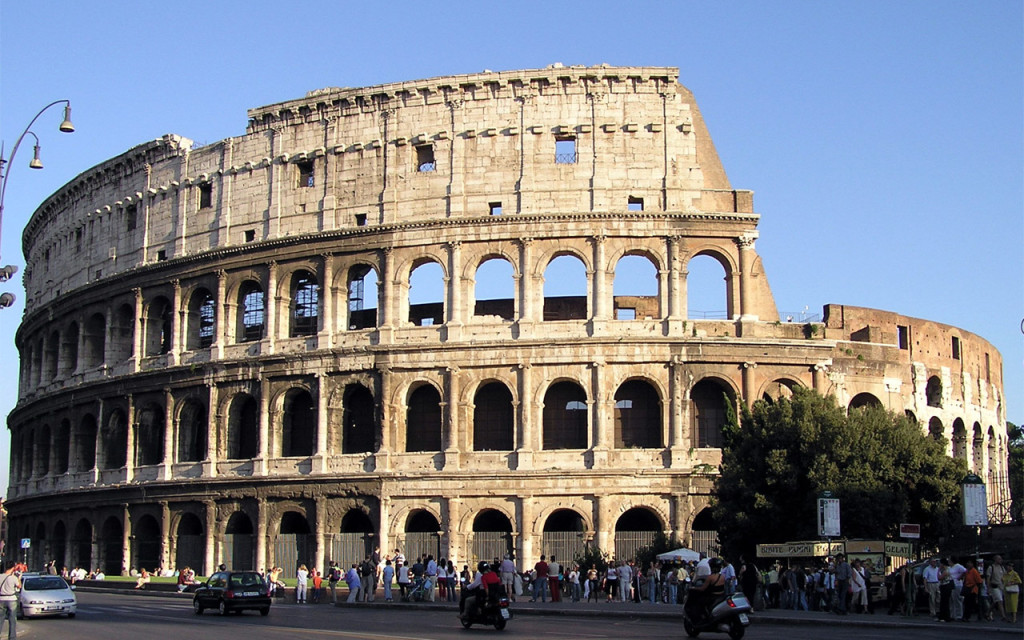The Roman Colosseum


The Roman Colosseum has been declared one of the Seven Wonders of the World in 2007 and has since become one of the most visited monuments in Europe and the world. It is the symbol of an entire empire, the sample of the immense power of a city over a vast empire that stretched to the limits of the East, uniting East and West.
As with the Sistine Chapel in the Vatican, the Coliseum is the main symbol of Rome, an imposing building almost 2,000 years old, it will take you back in time to discover what society was like in the ancient Roman Empire.
His real name is Flavian Amphitheater, the name was later given Colosseum, is believed to refer to the colossal statue of Nero that was in the vicinity. It is undoubtedly the most representative work of Roman art and art representing that symbol being the greatness and power of the Roman Empire. The construction is mandated by Vespasian in AD 72 and was inaugurated in 80 AD, under the reign of the Emperor Titus.

Upon completion of construction the Coliseum became the largest Roman amphitheater, with dimensions of 188 meters long, 156 meters wide and 57 meters high. Available 80 rows of bleachers and housed more than 50,000 spectators.
Inside under the bleachers were huge halls that allowed rapid evacuation and facilitated the entrance to the amphitheater. Most of the boxes had an anteroom and were distributed according to their social status.
The sand is formed by wooden beams under which there is a basement corridors, cages, warehouses, prisons, and other elements necessary for the development of the shows.
In front of the Capitol and at our feet have the Roman Forum, the place where all the past lies the Roman Empire, now in ruins. From there you can admire the Circus Maximus, the Roman Forum, Trajan, the Temple of Saturn and Concord, or the Valley of the Amphitheatre with the famous Colosseum. From there, we lose sight to years of struggle, domination, magnificence, greatness, and relive in imagination the society that had us so well in films like Gladiator.

In the background, after that magical landscape full of history, we see the Flavian Amphitheatre, nestled between the hills Palatine, Celio and Esquilino. Today, even in ruins, impressive elegance.
During the Roman Empire, under the slogan of «Pan et Circus», the Roman Colosseum allowed to enjoy their favorite shows. Samples of exotic animals, executions of prisoners, reenactments of battles and gladiator fights for years joined the Roman people.
The Colosseum remained in service for over 500 years. The last games were celebrated history in the sixth century.
From the sixth century the Colosseum suffered looting, earthquakes and even bombings during World War II. With a great instinct for survival, the Colosseum was used for decades as a store, church, cemetery and even as a castle for the nobility.
Currently the Coliseum, along with the Vatican, the biggest tourist attraction in Rome. Every year is visited by 6 million tourists.